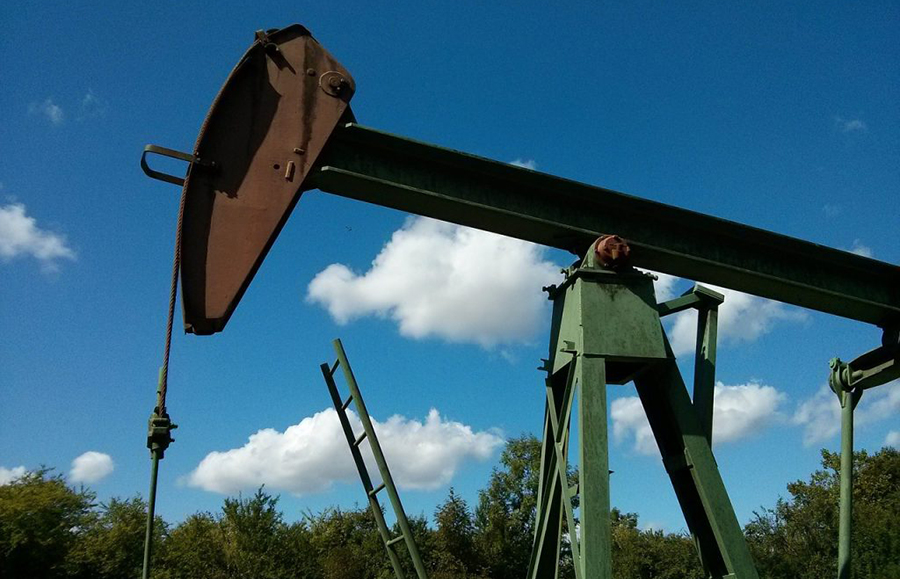 By Olumide Adesina
By Olumide Adesina
Crude oil prices rallied more than 2% after the outcome of the U.S.
election became clear, with both Brent and WTI futures gaining above
their critical support levels. However, the worsening COVID-19 attack
and soft demand fears are still on the forefront of oil traders’ mind.
At the time of writing this publication, Brent oil futures gained 2.71% to $40.53 and West Texas Intermediate futures soared higher by 2.91% to trade $38.22.
What this means
Oil traders increased their buying pressure at the early hours of
Monday trading session, on the bias that the political uncertainty
already going out of bound, as being settled, coupled with the bias that
the Democrats won the presidency but failed to also take control of the
Senate from the opposition party.
This gives neither political party sufficient ammunition to make
radical changes to the present policy and is seen as moderating each
political party’s power at the U.S capital.
What they are saying
Stephen Innes, Chief Global Market Strategist at
Axi, in a note to Nairametrics, spoke on key fundamentals pushing oil
prices higher at the first trading session of the week, amid lockdown
measures seen in the key international markets like Europe,
“Oil is trading a bit higher this morning in line with broader
risk assets and a slightly weaker dollar as Joe Biden was declared the
president, while on the data front bot, US Jobs number and China’s
resilient exports number released over the weekend paint a better
picture for the global growth outlook than expected.
“However, what matters for oil is the pandemic and not the US
election results. As with the case for all commodities, oil is priced on
the spot markets, so the struggle is to breach the current supply level
before prices can even think about starting to rise in any meaningful
way.
“As lockdowns in Europe accelerate and localized outbreaks in the
US widen, oil markets will likely be further tested during what is
shaping up to be a winter of despair for oil prices.”
What to expect
More forward-looking anticipative assets like stocks supported by
low-interest rates can look past the next several months of volatility
and begin to price recovery. Oil, however, does not have this luxury, as
it is more tightly held captive to near-term supply, demand, and
inventory capacity.





No comments :
Post a Comment